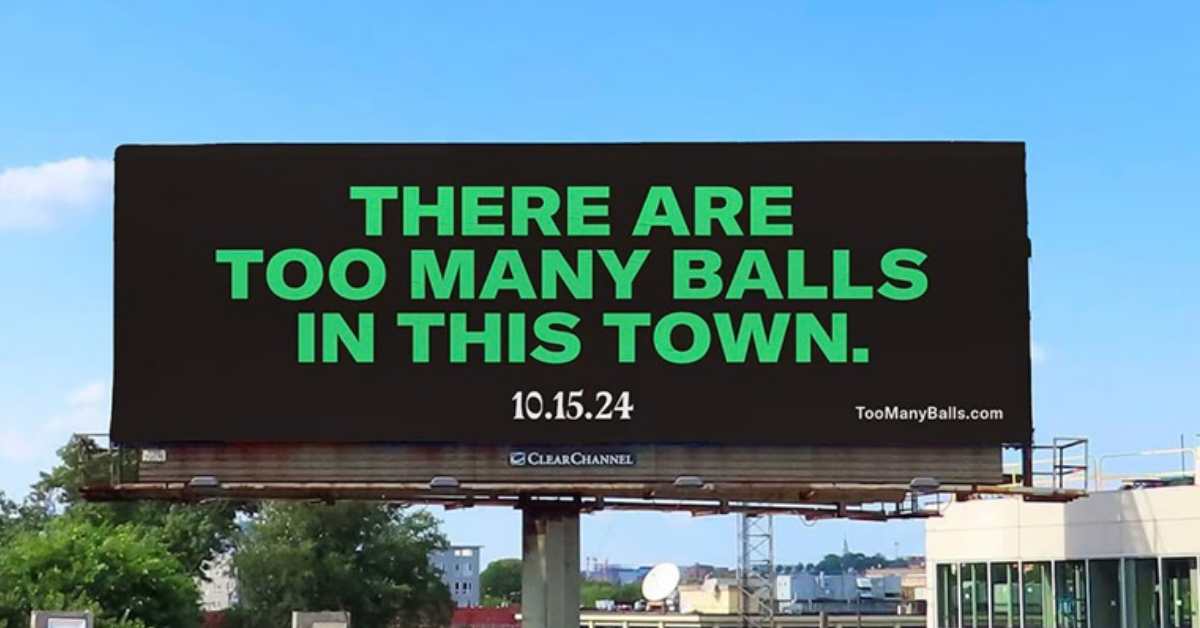Are you helping your audiences experience your brand the way they want?
The answer has a lot to do with how you market to them, engage them though communications channels and how you design and package products that meet their expectations.
This type of brand introspection has played out with an increasing number of craft brewers. Recently, many of them have reached a startling conclusion: it turns out that the microbrew revolution that over a decade ago challenged the beer category with quality and variety in a bottle appeals to a consumer who would actually prefer a can.
For many products, it has to do with lifestyle. In this category those who tend to enjoy microbrewed beer are frequently gearheads, people who love gadgets, folks you see with racks sticking out of every part of their cars. Besides being highly educated, socially responsible and comparatively wealthy, they are often also kayakers, surfers, hikers, climbers and cyclists. Even if they opt for a bottle at a fancy holiday party they want one thing out of a beer container when they are enjoying the great outdoors: ease of use.
Cans are lighter, easier to crush for packing out, recycling and they cool down faster in that picturesque mountain stream. Craft brewers offering beer in cans found their consumers willing to pay (north of $8 a six pack) for a container that would better fit the way they live.
So what can brands outside the beverage industry learn from this?
- Packaging is part of the experience. Ask yourself: “Exactly where are all the places my product is being used?” You may realize your next innovation isn’t an incremental improvement of the product, but of the package. A package is more than just canvas for creative; it’s one of the first places the consumer actually experiences the brand. Make it fit the lifestyle of the consumer.
- Gearheadism is a way of life. Gadget-freaks and technophiles perpetually overanalyze the products and services they use and then optimize. Regardless of the category – from toothpaste to private jets – if your packaging/delivery system offers tangible advantages over a competitor a significant population – whether it’s gearheads or another segment – will gladly pay premium.
- Sometimes old is new. A lot has changed in 30 years. The packaging design behind the Tallgrass Velvet Rooster can is light years ahead of your dad’s 1973 Schlitz. But it often pays to look into the past of your category and ask, “What were they doing right? What did users value?” The answers may be relevant to the way the brand is served up today. Even if occasion helps drive packaging as much as lifestyle, looking at the original approach can help spur improvement.
Consumers experience changes in lifestyle, communications preferences, expectations, unmet needs and tastes. Seeing those changes and acting on them before they happen could help prevent the one change you care about most… switching from you to your competitor.




